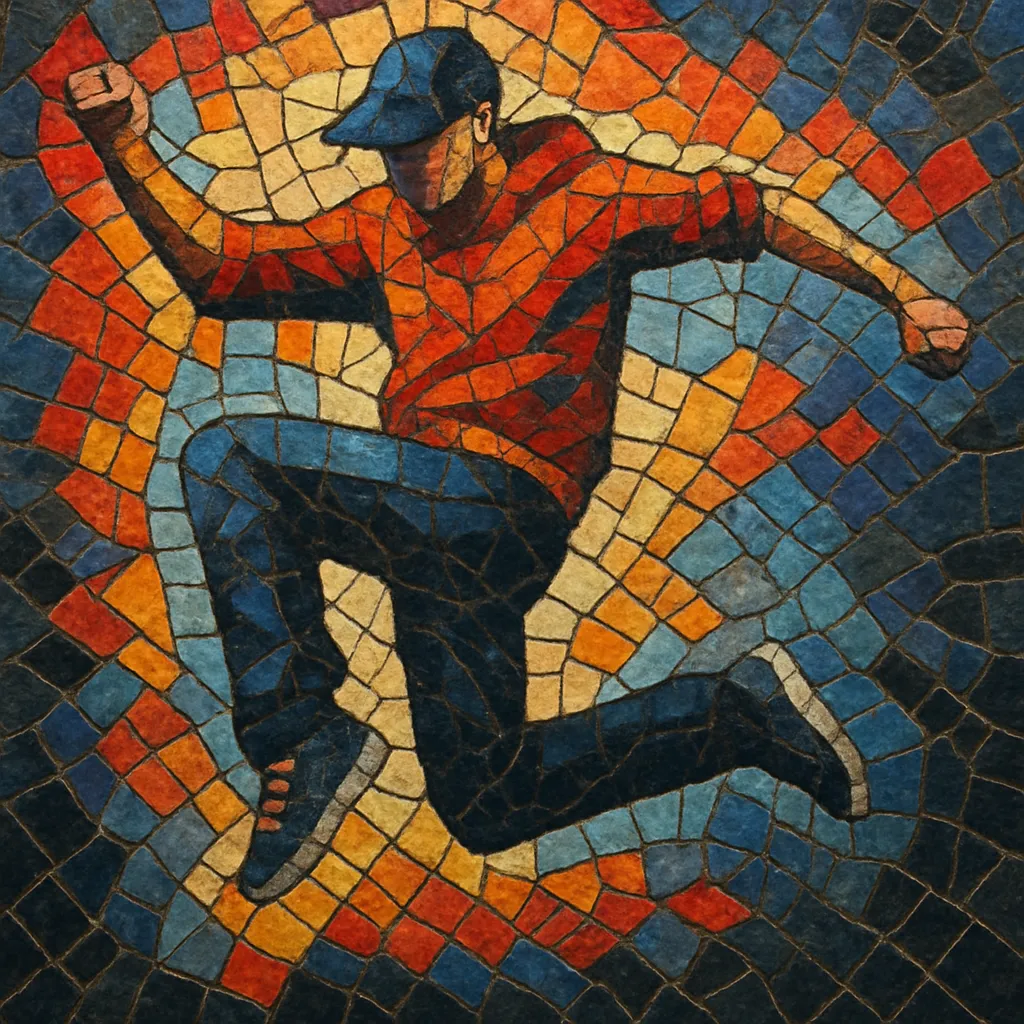Jumpstyle is a hard dance genre built for high-energy club play and its namesake dance, characterized by a punchy four-on-the-floor beat at around 140–150 BPM, offbeat bass pulses, and simple, catchy synth riffs.
It sits sonically between older European hard house and the less distorted edge of early hardstyle, favoring reverse-bass kicks, gated supersaw leads, and stripped-down, percussive arrangements that highlight the rhythm of the jumpstyle steps.
While melodies are typically straightforward and anthemic, the production emphasizes tight, sidechained low-end, crisp claps on 2 and 4, and short vocal shouts or hooks designed for crowd participation.
Jumpstyle emerged in Belgium’s club scene as a dance and a corresponding hard, minimal club sound that took cues from gabber’s drive but softened its extreme distortion. Early Belgian hard house, techno, and hard trance aesthetics defined the template: 4/4 kicks, offbeat bass, and concise, percussive synth hooks that matched the physicality of the dance.
In the mid-2000s, the Netherlands embraced and refined jumpstyle, catalyzing a wave of releases, label activity, and festival presence. The sound became cleaner and more melodic than gabber, but more driving than mainstream house. Charting tracks and viral dance videos helped push jumpstyle into the broader European consciousness during 2005–2008.
Producers frequently moved between jumpstyle and hardstyle, sharing techniques such as reverse-bass design, gated supersaws, and big-room breakdowns. Although hardstyle and jumpstyle developed in parallel, the two scenes influenced each other’s sound design and arrangement habits, with jumpstyle often serving as a more minimal, groove-forward counterpart.
After its peak mainstream visibility faded, jumpstyle remained a club staple in parts of Belgium, the Netherlands, and Germany. Its accessible BPM, dance-centric groove, and straightforward arrangements continue to influence hard dance DJs’ set dynamics, and its signature offbeat bass pulse remains a recognizable marker of European hard club music.


